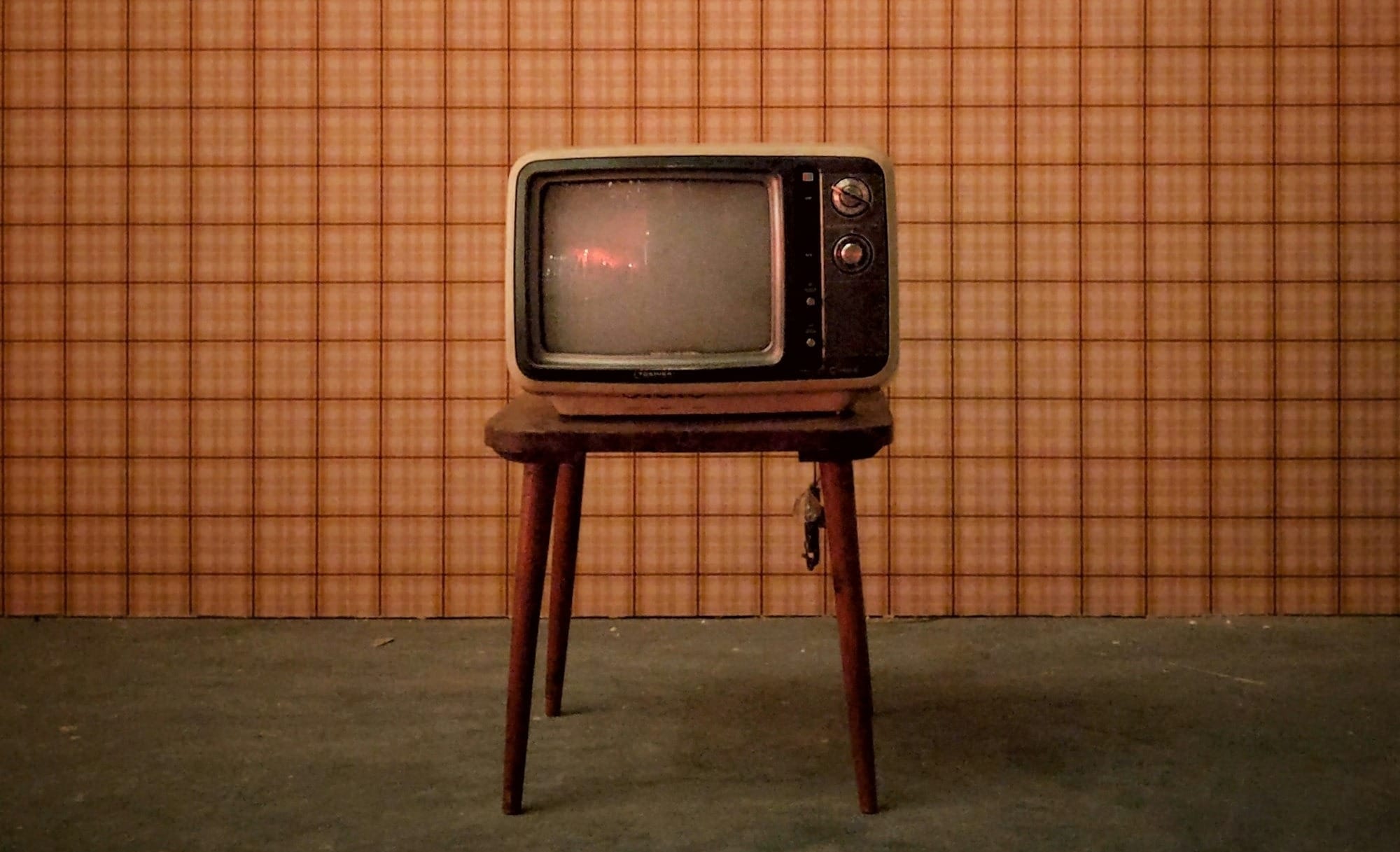Digital terroir and media ecology
The field of media ecology can inform how we think about using software to reinforce a sense of place.

In college, I took a fascinating class called Media Ecology. If you know anything about media ecology, it's probably Marshall McLuhan's famous line, "the medium is the message." If you don't know anything about media ecology... well, you're probably more fun at parties than I am.
Media ecology is the study of how the media environment shapes the way we perceive the world. The ideas that stuck with me from college include:
- "You can't use a hammer without getting a callous" — we can't use any technology without finding ourselves changed by it.
- Any technology is an extension of some existing human faculty. A wrench extends our arms; written language extends our memory; clothing extends our skin.
- A medium can't be neutral. The same idea presented in a book, a podcast, and a TV show is not the same idea at all — it's colored by the biases and predispositions of its delivery mechanism.
- It's a lot easier to focus on the content than the medium, for the same reason it's hard for a fish to understand what it means to be wet.
The thing about media ecology is that it changes the way you think. It becomes hard to see the world in any other way; you turn on the TV and you're just as aware of the quick cuts and editorial tricks as the content itself. You wander into a mall and find yourself noticing how the architecture nudges you towards different behaviors than, say, a commercial district.
I'm not an expert in media ecology — I've barely read anything on the subject since college, and haven't gone much deeper than its most popular practitioners like Marshall McLuhan and Neil Postman. But I keep thinking of it as I mull over ideas about digital terroir.
A media ecologist would ask: what biases and assumptions are baked into software as a medium, regardless of the content? Does software naturally push you to think bigger and more globally? Does it encourage you to reframe your thinking in binary ways, flattening complex thoughts into a form palatable to a machine? Does it discourage specificity and nudge you towards thinking in terms of millions and billions instead of dozens and hundreds?
Perhaps yes. But honestly, I'm not even sure what the "medium" we're talking about is.
Consider an Instagram post. Is the medium:
- Photography
- Software
- The smartphone
- The Internet
- The algorithmic feed
You could make a case for each of these, and I suspect the answer is "all of the above."
Are any of these media conducive to cultivating a sense of place? Or, to personalize it for myself: if I want to build tools that connect and reinforce the community in the Hudson Valley, are any of these media suitable, or will my efforts be undercut by the medium itself?
I'm starting to dual-track my investigation into these ideas. I'm going to read (or re-read) some works on both media ecology and the idea of "place." I'm starting to put together an informal Digital Terroir reading list, which I'll share when it's in a presentable form. And I'm continuing to work on ConnectHV while trying to keep these ideas in mind.
(Of course, I'm doing all this while working hard at my day job and being a hands-on dad, so no promises about the timeline.)
